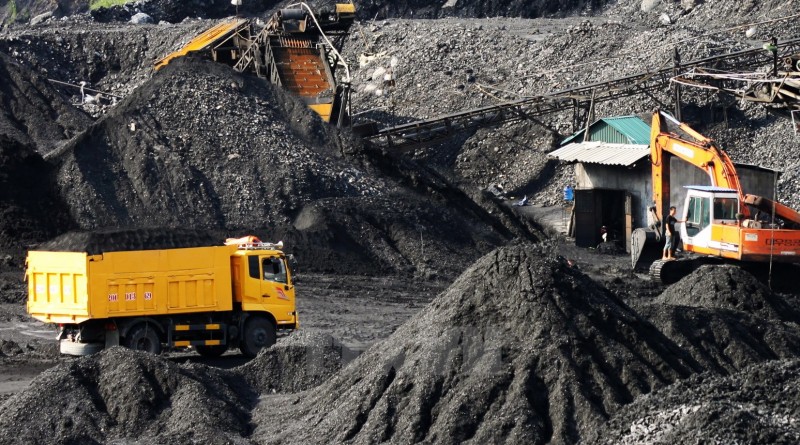Việt Nam urged to use more renewable energy
Việt Nam should enhance clean and renewable energy resources as well as promoting energy saving, said Lê Tuấn Phong, deputy director of the General Directorate of Energy under the Ministry of Industry and Trade.
Statistics from the agency showed that average energy demand in Việt Nam increased by 11 per cent a year. The country is expected to import 17 million tonnes of coals by 2020, accounting for 31 per cent of total coal demand for electricity.
Phong told the ‘Việt Nam Energy Forum 2016: Challenges for Sustainable Development’ held in Ha Noi yesterday that with big demand, the country has faced challenges to ensure power.
“Việt Nam should review its energy development strategy to prioritise clean energies and use them effectively to ensure economic growth,” he added.
Trần Đình Thiên, director of the Central Institute for Economic Development said Việt Nam pays a high price for its big energy consumption in economic development.
“This why Việt Nam should change its thoughts on economic restructuring to resolve the issue of energy shortages,” Thiên said.
He added that the coal and electricity sectors have paid attention to increasing output and capacity.
“Việt Nam has had to import energy instead of exporting it in previous years,” he said, noting that the country should invest in technologies as well as focusing on economic restructuring.
Over 30 years, the country’s processing and manufacturing growth rate was only 1.6 per cent, while only two per cent of Vietnamese businesses participated in the hi-tech sector.
“Current technology restructuring is to focus on exploiting natural resources and assembly. Several industrial sectors such as cement and steels still consumed a lot of energy,” he said.
In addition, the conflict between energy supply and demand has been seen in the country. Low power tariffs have encouraged people to consume more electricity but prevent investors moving into the sector.
The energy industry should set a roadmap to change the power tariff mechanism.
Tăng Thế Hùng, deputy head of the General Directorate of Energy’s Planning and Master Plan said Việt Nam would set a strategy for renewable energy development by mobilising all resources and at a reasonable price.
The country would also increase the rate of renewable energy under a set road map and reduce dependence on fossil energy to ensure energy security and mitigate climate change, protect environment and pursue sustainable social-economic development.
According to goals set in the strategy all most of households would be connected with the national grid by 2020 and will be able to get access to modern, sustainable energy services at a reasonable price by 2030. The country targets to reduce 5 per cent of greenhouse gas emission by 2020 and 45 per cent by 2050, and the number of households using solar energy will be increased from 4.3 per cent to 50 per cent by 2050. The demand for electricity consumption in Việt Nam increased 13.07 per cent per year during 2006-2010 and 11 per cent during 2011-2015.
Source: VNS









